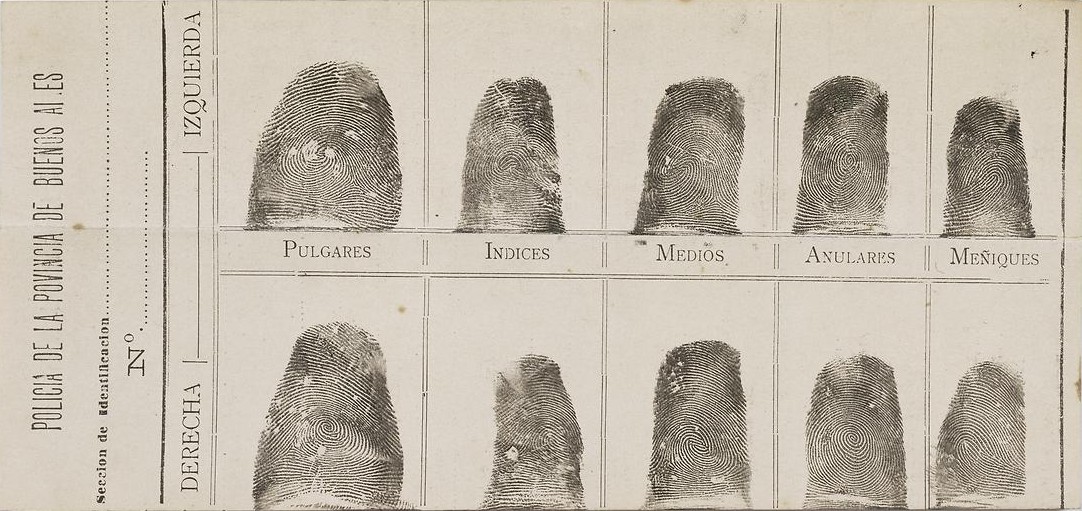o The exact time that fingerprinting first appeared is undetermined, however, evidence is shown for it occurring in Egypt in 2000 B.C.
o The Chinese uses fingerprints on legal documents; however there is later an argument over if their purpose was to identify individuals or rather for spiritual practices.
o In Persia in 1350, official documents had evidence of fingerprints, but whether their purpose was to identify individuals is still in question.
§ One government official questioned if there were any two fingerprints exactly alike.
o In 1686, Marcello Malpighi identified fingerprints having ridges, spirals, and loops in his treatise. There was no indication that they could be used for identification
o In 1863, Professor Paul-Jean Coulier observes that latent fingerprints can be developed on paper by iodine fuming and explains how to preserve or them. He also notes that they could possibly be used in identifying suspects.
o In 1880, Dr. Henry Faulds is credited with the first fingerprint identification of a greasy fingerprint left on an alcohol bottle.
o In 1882, Gilbert Thompson brings fingerprints to the U.S. to prevent forgery on a t=document.
o In 1892, Sir Francis Galton published a book that stated fingerprints were unique and permanent. He also created an identification system for them.
o In 1902, Henry P. DeForrest as part of the New York Civil Service Commission, brings fingerprinting to the U.S.
o In 1903, the New York State Prison system is the first to fingerprint criminals.
o From 1905 to 1908, the U.S. military and the Department of Justice begin using fingerprints.
o In 1918, Edmond Locard writes that if 12 points are the same in two fingerprints then they are the same.
o In 1924, the U.S. Congress establishes the Identification Division of the FBI.
o In 2011, the U.S. Department of Homeland Security contains the largest AFIS repository, which contains over 100 million records. Additionally, all US States have individual AFIS databases.




interesting but do you have a date for the eygpt thing?
ReplyDelete